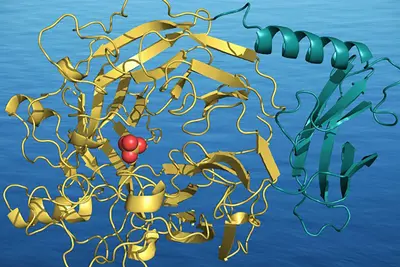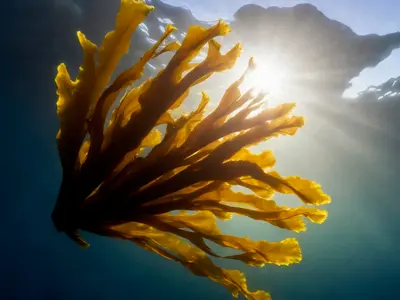SulfASST

Sulfated biomolecules are widespread in nature. Since the discovery of the first sulfated biomolecule in 1876, this functionalization has been identified in different classes of natural compounds such as polysaccharides , lipids , and steroids , where it modulates biological function and physicochemical properties. The transfer of the sulfo-group from an activated donor to an alcohol or amine function of an acceptor through sulfation, resulting in the formation of sulfate esters or sulfamates is carried out by sulfotransferases (STs). Two types of sulfotransferases have been identified so far, according to the donor they use: PAPS-dependent STs and Arylsufate STs (ASSTs).
PAPS-dependent STs have been extensively studied since their discovery in 1958. They are usually divided into cytosolic soluble STs implied in the detoxification processes and in the homeostasis of some biomolecules (steroids, hormones…), and membrane bound STs implied in the sulfation of polysaccharides and proteins in the Golgi apparatus. On the other hand ASSTs are much less characterized. The first studies on ASSTs were carried out in the 80’s and established that arylsulfate compounds such as para-nitrophenylsulfate (pNPS) but not PAPS can be used as donors. Up to now only the ASST from Escherichia coli CFT073 has been crystallized and roughly 15 ASSTs have been biochemically characterized. Classifications deviding the sequences into 2 or 3 classes have been proposed. However due to the lack of available structures it was not possible to decipher the real structural and mechanistic specificities, if any, in the different classes.
According to our preliminary phylogenetic analysis on 2244 sequences of ASSTs genes, we identified 19 clades displaying reasonable boots-trap values. In analogy to CAZY (carbohydrate active enzymes families) or Sulfatlas (sulfatase families), we hypothetize that each of the actual 19 clades could correspond to varying substrate specificity.
By in-depth characterization of representative ASSTs from different clades and rationalization of the obtained results we intend to: determine if substrate specificity is correlated to phylogeny; know if the genomic context of ASSTs genes is indicative of substrate or biological activity; decipher the structural determinants of substrate specificity/promiscuity and regioselectivity; define if enzyme mechanism is conserved throughout the different subfamilies (clades); predict substrate selectivity and regioselectivity by molecular modeling.
